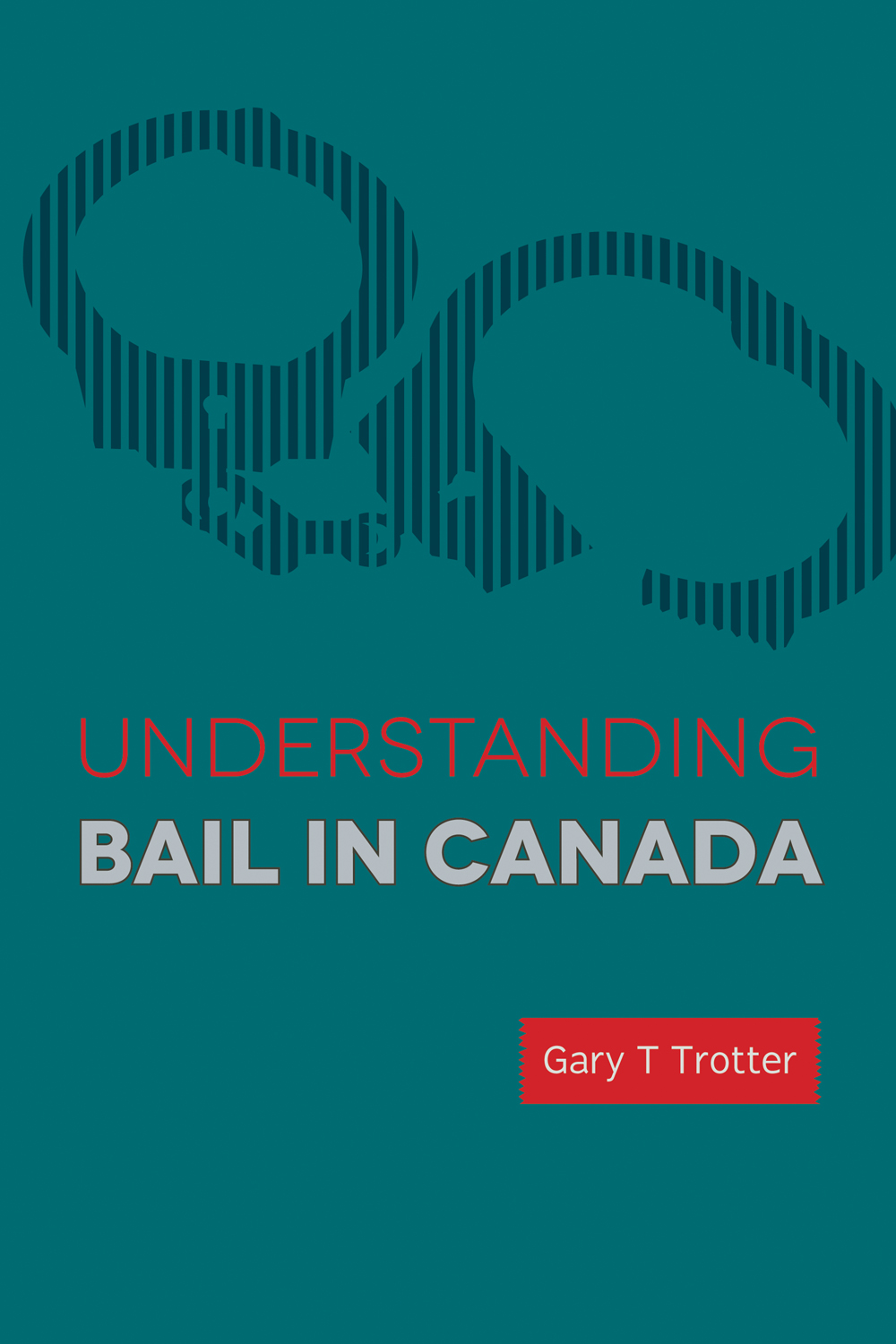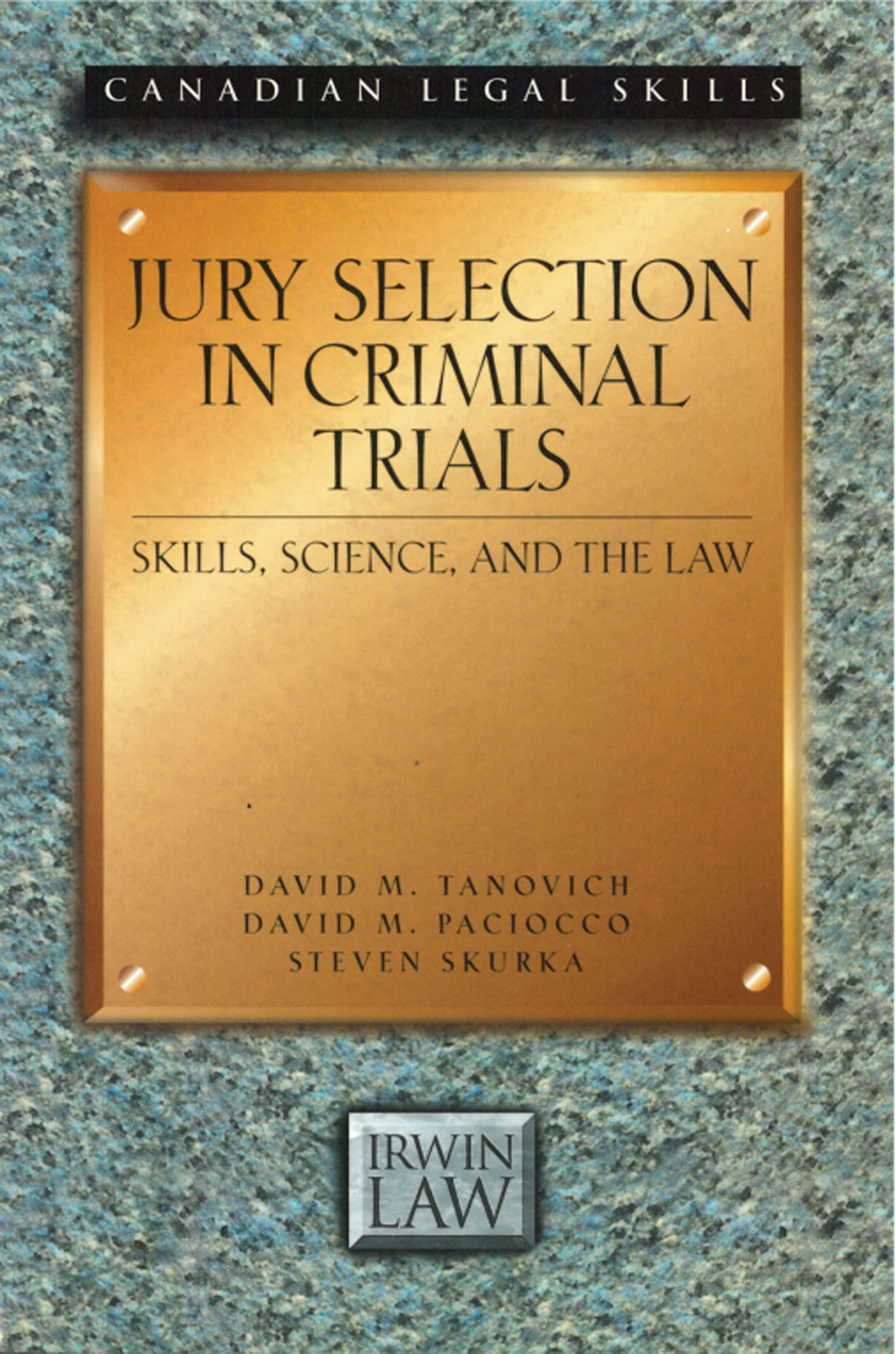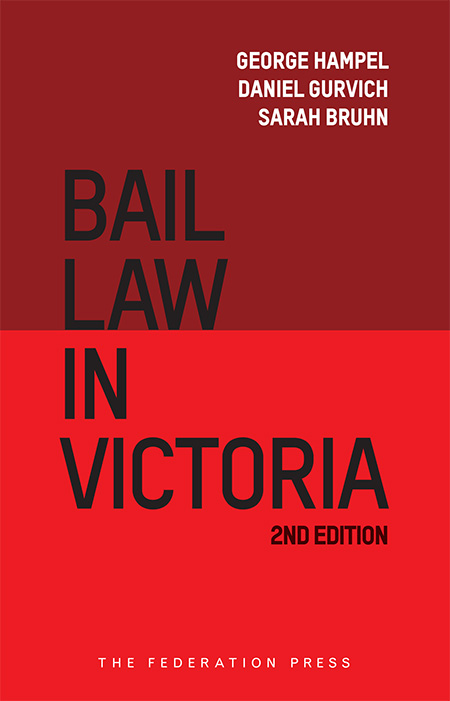Product Description
When people are arrested and taken into custody, they become involved in a process to determine whether they will go home or stay in jail until the criminal charges can be brought to trial. Depending on the charges, this can take months — and sometimes years. In the meantime, the accused will either remain in a custodial institution (with few amenities), or be released into the community (sometimes with strict conditions). The fate of the accused during this critical period of time is governed by the law of bail.
Bail engages a dramatic conflict between individual freedom and society’s right to protect itself. While the conflict is straightforward and easy to understand, the same is not true of Canadian bail law. In this book, Justice Gary T Trotter, a former prosecutor and law professor, provides a straightforward account of this bewilderingly complex area of the law. In a highly readable style, Trotter draws a straight line through this legal morass, making it accessible to the legal profession and beyond.










